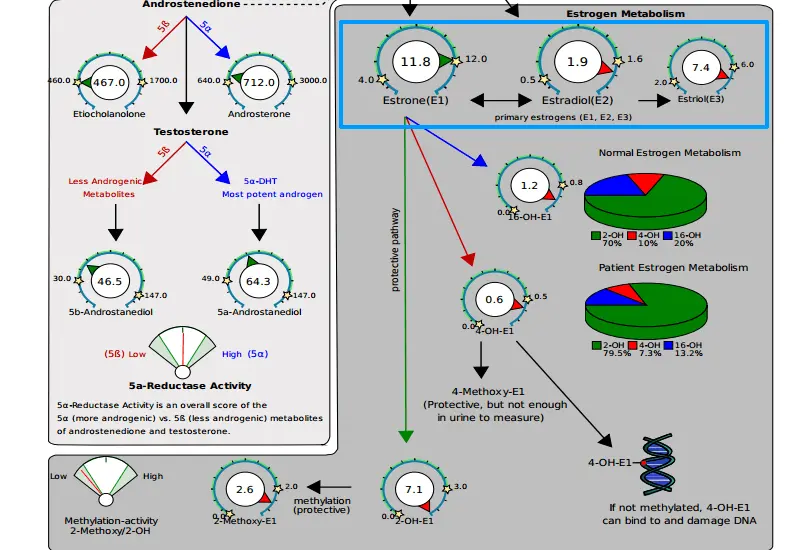

Two Types of FET-IVF Cycles: Hormonal and Natural Support When you decide it’s time to undergo a frozen embryo transfer, it’s important to prepare your uterus for implantation through the proper drugs and behaviors. Frozen Embryo Transfer Success Ratesįor patients 35 or younger, there is a 60% pregnancy rate per embryo transfer, whereas women over the age of 40 have a 20% pregnancy rate per embryo transfer. Your fertility specialist and doctor may suggest other medications depending on your unique scenario. Once cleared by your fertility specialist or doctor to start a cycle following menstruation, you will take different injections and oral medications every three days for two to three weeks to thicken your uterus’s lining. Because you have embryos frozen from a previous IVF cycle, this process is typically less intense and stressful than initial IVF attempts.

On the day of your embryo transfer procedure, the embryos will be thawed and transferred to the woman’s uterus through a catheter. Simply put, a frozen embryo transfer (FET) is possible because previous IVF processes often produce additional embryo(s) couples can freeze for future attempts if the initial IVF cycle is unsuccessful. What to eat and avoid during and after your embryo transfer.Typical IVF-FET timelines and success rates.Frozen embryo transfer definitions and success rates.In vitro fertilization Frozen Embryo Transfers (IVF-FET) are 10% more likely to result in a live birth than a fresh one, making frozen transfers a popular option for fertility specialists, doctors, and couples who were unsuccessful in their previous attempts of conception.įrozen embryo transfers require preparation of the uterus, so preparing correctly is essential to increase your chances of a successful live birth post-IVF FET. Thankfully, for individuals who have already undergone one (or more) IVF cycle and have frozen embryos leftover, past attempts at embryo transfers or IVF can provide many embryos for future attempts. For couples who have experienced failed IVF cycles, preparing for your frozen embryo transfer can bring uncertainty, worry and fear.īringing new life and building a family is a dream many couples aspire to have, however, fertility is not often a straightforward path.



 0 kommentar(er)
0 kommentar(er)
